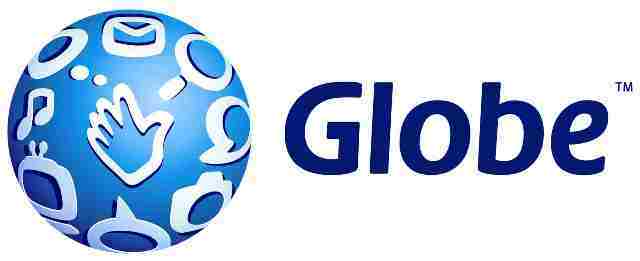Globe Telecom joins 6 telcos in 6 countries in accelerating development of mechanisms to enhance the flow of crisis-related information and equip the country’s disaster preparedness program to help minimize vulnerabilities when a calamity strikes.
The move is in line with the company’s commitment as a signatory to the Humanitarian Connectivity Charter, launched by the GSMA in March this year. The charter outlines a set of shared principles to unite the mobile industry and demonstrate the value and impact they can bring to communities, governments and humanitarian groups. Setting out activities across the emergency-response cycle, the charter aims to strengthen access to communication and information for those affected by crisis in order to reduce loss of life and positively contribute to humanitarian response.
One of the mechanisms adopted by Globe is the transmittal of free mobile alerts through SMS, warning customers of potential danger coming from typhoons. This was first implemented to mitigate the impact of Typhoon Koppu (Lando), which battered the country’s main island of Luzon in October. The Philippines is hit by an average of 20 storms each year, many of them cause significant damage to infrastructure. Transmittal of free mobile alerts is also in compliance with the Free Mobile Disaster Alerts Act or Republic Act 10639, which requires all telecommunication service providers to send free mobile alerts before disasters such as typhoon happen.
As part of its disaster management initiatives, Globe has developed a mechanism to share relevant information on restoration, disruption of services, and other preparedness initiatives. Specifically, Globe manages the flow of information from its network, CSR and human resource teams to internal and external stakeholders before, during and after disasters, aimed at creating a database on preparedness.
Moreover, Globe also provides relief services in the form of free calls, internet and charging stations and other relief materials as soon as a disaster area is cleared for humanitarian efforts.
Following the devastation caused by Typhoon Haiyan in November 2013, Globe also actively participated in recovery and rehabilitation efforts focused on rebuilding homes, schools, and livelihoods in targeted provinces strongly hit by the typhoon.
“To shore up our capability in assisting the government and various stakeholders in disaster mitigation, Globe has contingency planning and critical disaster recovery mechanisms to substantially reduce network disruption in times of disaster and thus ensure the availability of telecommunication services. This will allow flow of information among emergency-related agencies and ensure that our customers have access to these services at these critical times,” Globe Senior Vice President for Corporate Communications Yoly Crisanto said.
The Humanitarian Connectivity Charter, launched by the GSMA at Mobile World Congress in March this year, is supported by UN Office for the Coordination of Humanitarian Affairs, the UN Emergency Telecommunications Cluster and the International Federation of the Red Cross and Red Crescent Societies. It was created following a series of industry workshops and collaboration facilitated by the GSMA Disaster Response program, in association with UN agencies, mobile operators, vendors and NGOs.
Following efforts to develop a comprehensive disaster preparedness and business continuity plan, Globe became the first telecommunications provider in the Philippines to secure an enterprise-wide business continuity ISO certification. This means that the telecommunications provider has adequately equipped itself to respond and address disruptive incidents such as natural calamities for business continuity purposes. The certification is significant as it attests to the company’s readiness in ensuring delivery of critical telecommunications services to its customers even during disasters.
Specifically, Globe Telecom obtained an enterprise-wide certification of compliance for ISO 22301:2012 for the delivery of voice, SMS, data products, internet and data center related activities, through its mobile and fixed line networks to its domestic and international customers. The certificate was issued by the British Standards Institute and approved by the United Kingdom Accreditation Services.
ISO 22301:2012 emphasizes the need for a well-defined incident response structure. This ensures that when incidents occur, responses are escalated in a timely manner and people are empowered to take the necessary actions to be effective. Compliance with ISO 22301:2012 ensures plans are in place to reduce impact and frequency of business disruptions. Also a continual improvement process is established to enhance the company’s ability to respond when disruptions do occur and that appropriate and agile contingencies are available to ensure better relationship with stakeholders.












